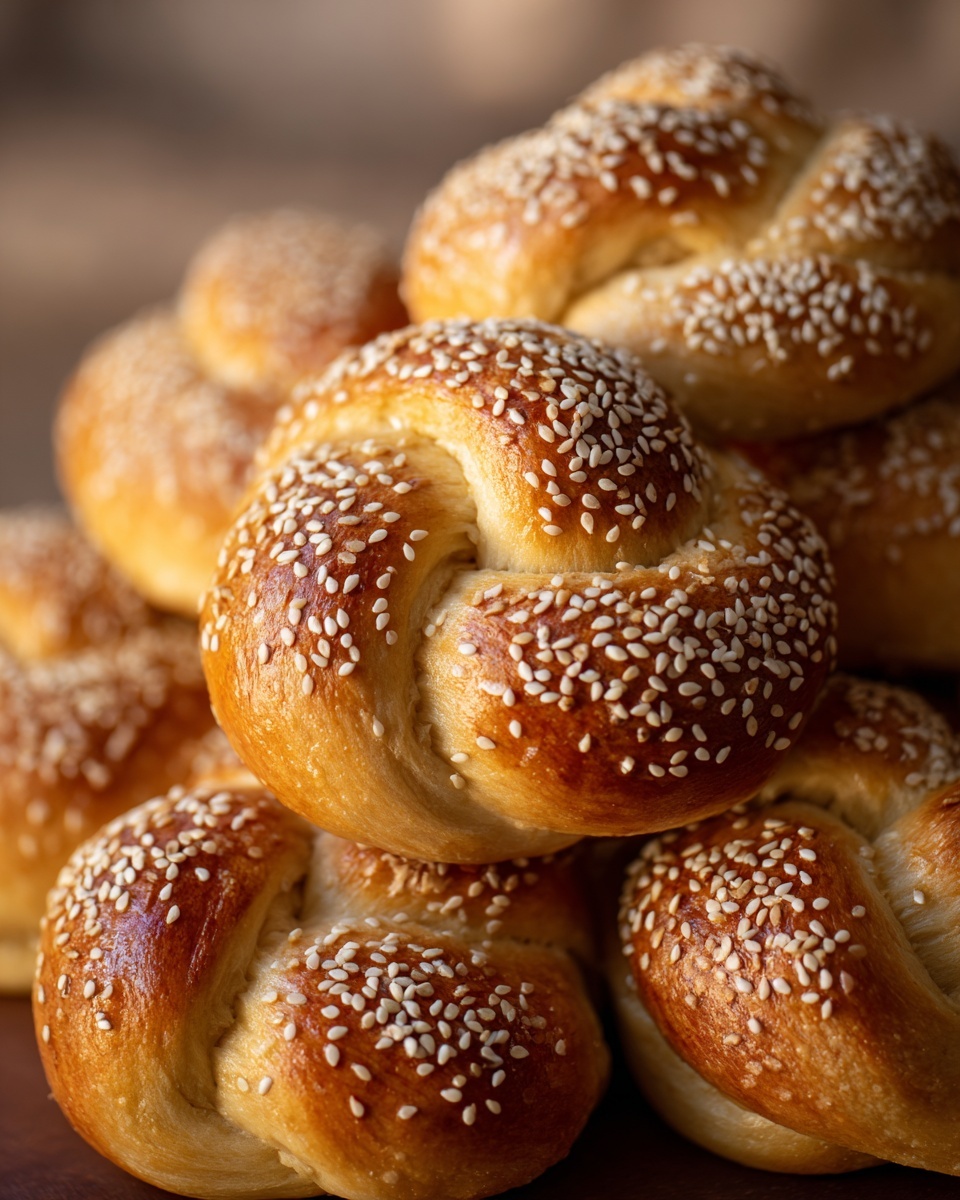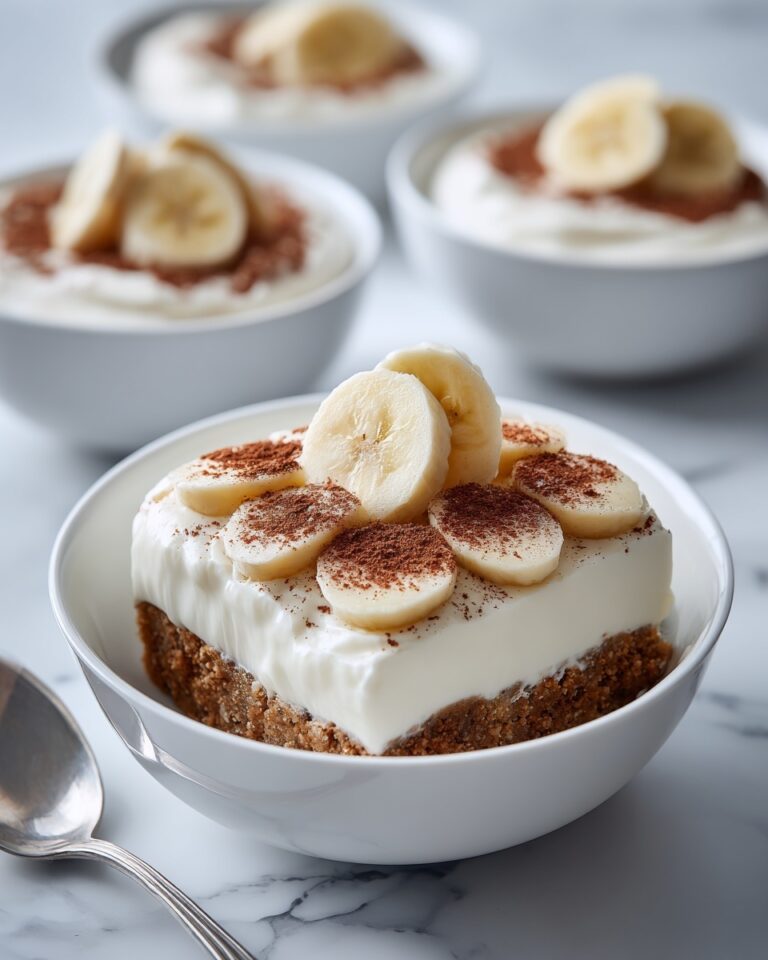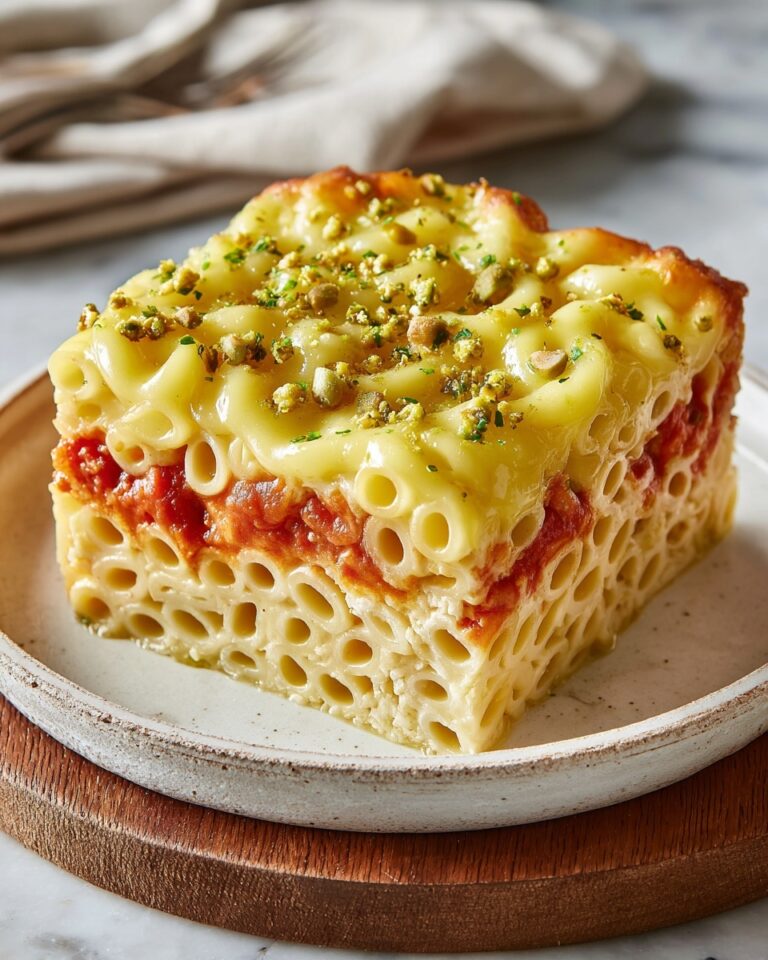If you have ever dreamed of mastering a soft, versatile base for your favorite Middle Eastern treats, this Arabic Dough Recipe is exactly what you need. It transforms a handful of simple pantry staples into a pillowy, elastic dough that serves as the foundation for delicious manakish, fatayer, or any savory pastry you crave. The magic lies not only in its fluffy texture but in the subtle tang from yogurt and the richness from vegetable oil, making it an absolute joy to work with. Trust me, once you get a taste of this dough in your kitchen, it will become your new go-to for every occasion.
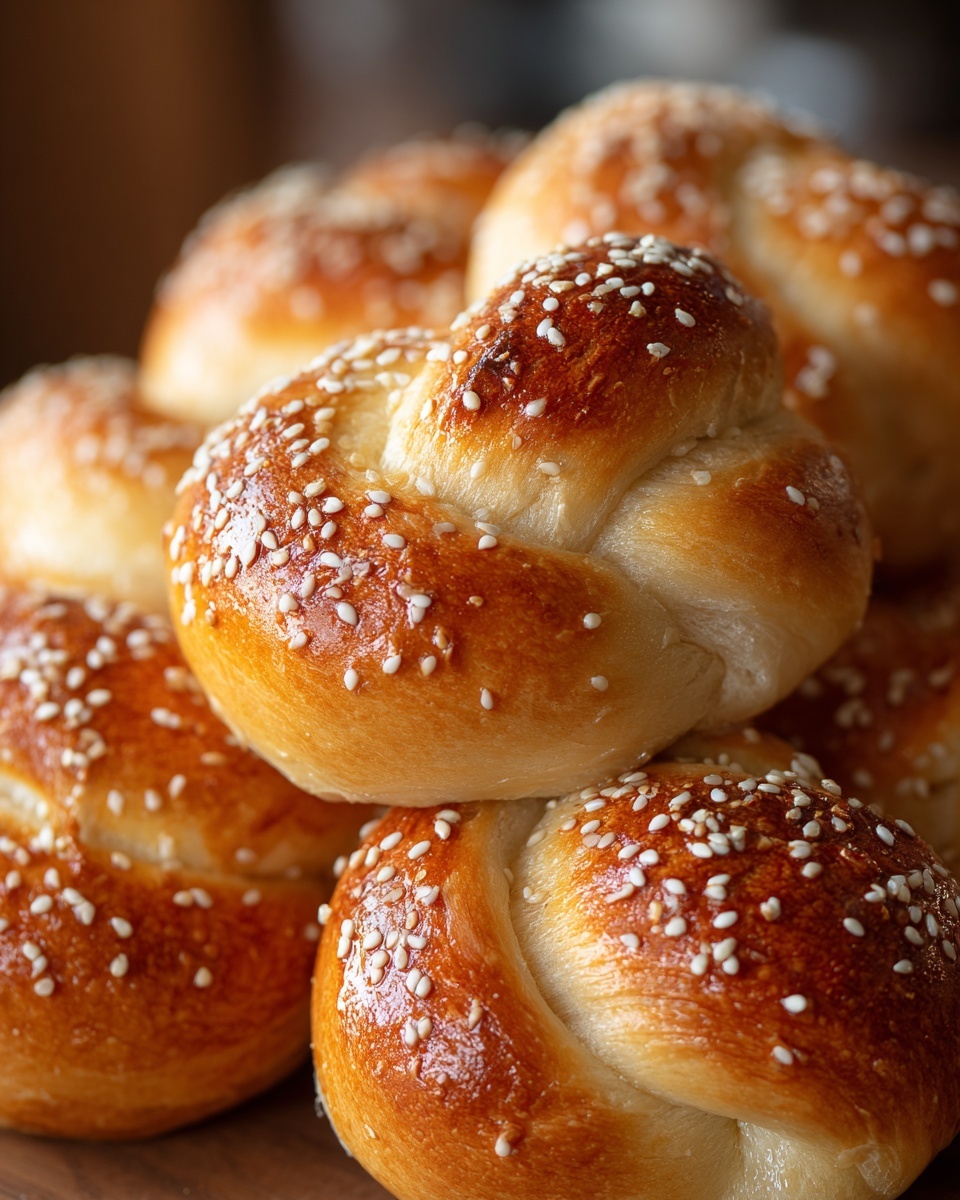
Ingredients You’ll Need
This Arabic Dough Recipe is remarkably simple, calling for everyday ingredients that come together beautifully to create that irresistible soft dough. Each component has a purpose — from activating the yeast for rise, enriching the texture, to balancing the flavors perfectly.
- 3 cups all-purpose flour: The foundation of your dough, providing structure and body.
- 1 tablespoon instant yeast: Helps the dough rise with a light and fluffy result.
- 1 tablespoon sugar: Feeds the yeast and adds a subtle hint of sweetness.
- 1 teaspoon salt: Balances the flavors and enhances the dough’s taste.
- 3 tablespoons plain yogurt: Adds moisture and a tangy softness to the dough.
- 3 tablespoons vegetable oil: Enriches the dough and ensures a tender crumb.
- ¾ to 1 cup warm milk: Hydrates the dough, helping to bring it all together into a slightly sticky texture.
How to Make Arabic Dough Recipe
Step 1: Combine the Dry Ingredients
Begin by mixing the all-purpose flour, instant yeast, sugar, and salt in a large mixing bowl. These dry ingredients form the backbone of your dough, and thorough mixing ensures even rising and balanced flavor throughout.
Step 2: Add the Wet Ingredients
Next, stir in the plain yogurt and vegetable oil. These ingredients bring richness and moisture, making the dough unbelievably soft. Gradually pour in the warm milk while mixing continuously until the dough becomes soft and slightly sticky. The warm milk activates the yeast but be careful not to make the dough too wet.
Step 3: Knead Until Smooth and Elastic
Knead the dough by hand for about 8 to 10 minutes or use a stand mixer for around 5 minutes until the dough feels smooth and elastic. This step develops the gluten needed for a springy texture that will hold up during baking and filling.
Step 4: Let It Rise
Cover your dough with a damp cloth or plastic wrap and place it in a warm, draft-free spot. Let it rest for about 1 hour until it doubles in size. This rise time is crucial—it’s what turns a simple mixture into fluffy, airy dough ready to delight your palate.
Step 5: Punch and Use
After the dough has risen, gently punch it down to release the air. Your Arabic Dough Recipe is now ready to be shaped into manakish, fatayer, or any flavorful Middle Eastern pastries you love. The dough’s softness and elasticity will make shaping a breeze.
How to Serve Arabic Dough Recipe
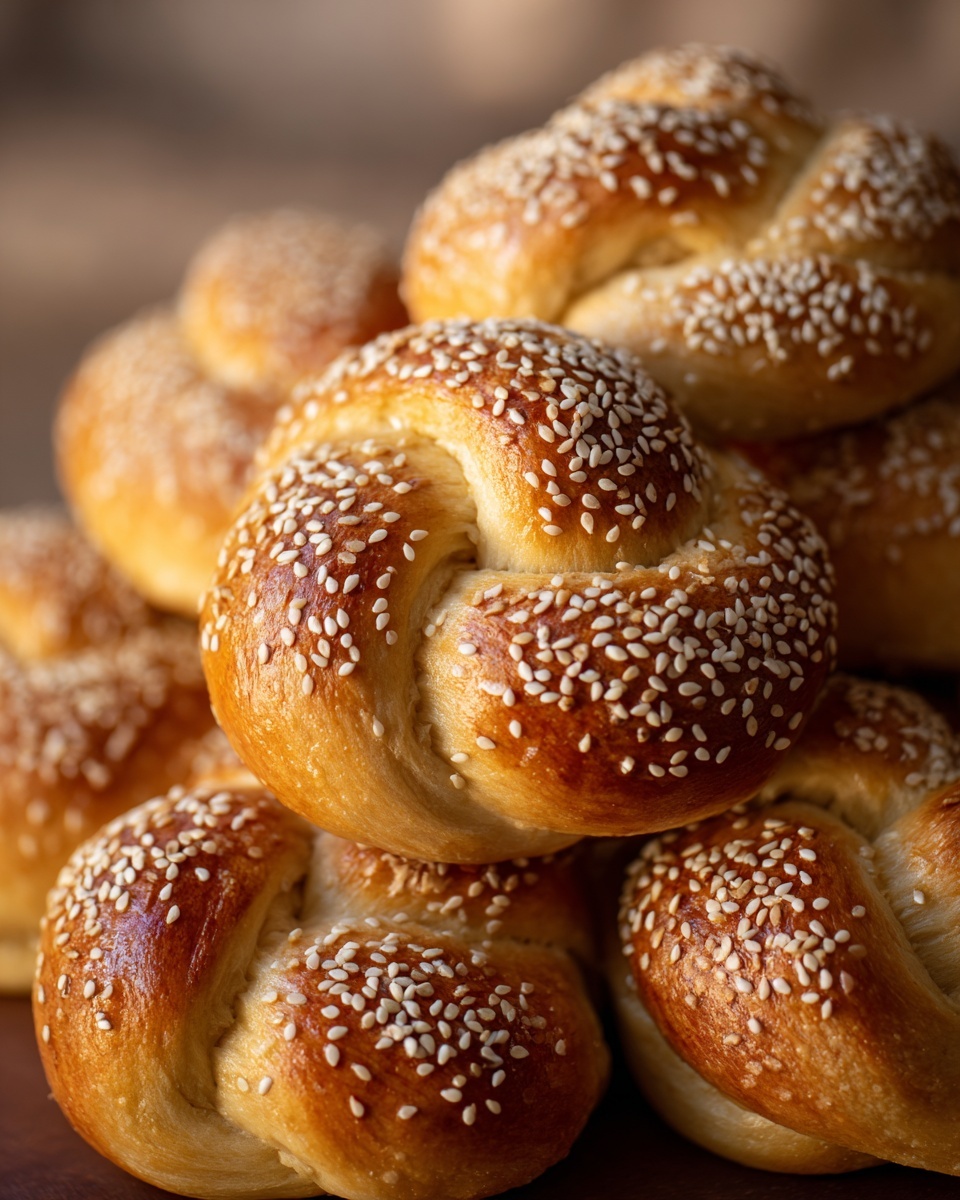
Garnishes
Once your Arabic dough is baked into delicious pastries, garnishing is where your personal touch shines. Sprinkle sesame seeds or za’atar on top before baking for a fragrant, crunchy finish. Fresh herbs like parsley or mint add a vibrant kick when serving.
Side Dishes
Pair your Arabic dough creations with fresh salads like tabbouleh or fattoush, or a side of creamy hummus and baba ganoush. These complementary flavors bring balance and authenticity, turning your meal into a feast.
Creative Ways to Present
Think beyond traditional shapes: fold the dough into mini pockets stuffed with spiced meats or cheese, or roll it thin and grill it as flatbreads. Even use leftovers by toasting slices and topping them with labneh and olives for a quick snack bursting with Middle Eastern charm.
Make Ahead and Storage
Storing Leftovers
You can keep any unused dough in the refrigerator for up to 2 days. Be sure to tightly wrap it or place it in an airtight container to prevent drying out. Before using, let the dough warm to room temperature so it’s easy to work with again.
Freezing
If you want to save dough for longer, freezing is a fantastic option. Shape the dough into a ball, wrap it tightly in plastic wrap, and store it in a freezer bag for up to 3 months. Thaw overnight in the refrigerator and bring it to room temperature before baking.
Reheating
Reheat baked goods made from this Arabic Dough Recipe gently in a warm oven, about 300°F (150°C), for 5 to 10 minutes to refresh their soft crust and tender interior. Avoid microwaving to preserve texture.
FAQs
Can I use active dry yeast instead of instant yeast?
Yes, you can substitute active dry yeast, but it needs to be proofed in warm water with the sugar before mixing with the flour. Instant yeast skips that step, making it quicker, but either works well for this dough.
What if my dough is too sticky?
If the dough feels too sticky after mixing, sprinkle a little extra flour one tablespoon at a time during kneading until it becomes manageable but still soft. Avoid adding too much to keep it tender.
Can I make this dough gluten-free?
Because the recipe relies on gluten development for its texture and elasticity, substituting gluten-free flour is tricky and will require additional binding agents and adjustments. It’s best to try a gluten-free-specific recipe for similar results.
How thick should I roll the dough?
For manakish or fatayer, rolling the dough to about ¼ inch thick works perfectly, providing a sturdy yet soft base. Thinner dough can be used for flatbreads, depending on the desired texture.
Is the yogurt necessary?
Yes, yogurt plays a key role in adding moisture and slight tanginess to the dough. It also helps keep the dough soft after baking. You might experiment with substitutes, but plain yogurt gives the best authentic results.
Final Thoughts
I can’t recommend this Arabic Dough Recipe enough if you want an authentic, delicious start to your Middle Eastern cooking adventures. It’s easy, forgiving, and opens the door to endless creative dishes that wow family and friends. Try it today—you’ll be so glad you did!
Print
Arabic Dough Recipe
- Prep Time: 10 minutes
- Cook Time: 0 minutes
- Total Time: 1 hour 10 minutes
- Yield: 1 large batch (enough for 4–6 pastries)
- Category: Dough
- Method: No-Cook
- Cuisine: Middle Eastern
- Diet: Vegetarian
Description
This Arabic Dough recipe is a soft and slightly sticky dough perfect as a base for traditional Middle Eastern pastries like manakish and fatayer. Made with simple ingredients including flour, yeast, yogurt, and vegetable oil, it yields a tender, elastic dough that is easy to prepare and can be stored for later use.
Ingredients
Dry Ingredients
- 3 cups all-purpose flour
- 1 tablespoon instant yeast
- 1 tablespoon sugar
- 1 teaspoon salt
Wet Ingredients
- 3 tablespoons plain yogurt
- 3 tablespoons vegetable oil
- ¾ to 1 cup warm milk (as needed)
Instructions
- Mix dry ingredients: In a large mixing bowl, combine the flour, instant yeast, sugar, and salt. Mix well to evenly distribute all dry components.
- Add wet ingredients gradually: Add the yogurt and vegetable oil to the dry mixture. Gradually pour in the warm milk while mixing until a soft and slightly sticky dough forms. Adjust milk quantity as needed for consistency.
- Knead the dough: Knead the dough for about 8–10 minutes by hand or 5 minutes using a stand mixer until the dough becomes smooth and elastic, which helps develop gluten for a good texture.
- Let dough rise: Cover the dough with a damp cloth or plastic wrap and place it in a warm area. Allow it to rest for 1 hour or until it doubles in size. This fermentation process activates the yeast.
- Punch down and use: After rising, gently punch down the dough to release air and it’s now ready to be shaped for manakish, fatayer, or other savory pastries.
Notes
- You can store the dough in the refrigerator for up to 2 days. Bring it to room temperature before using to re-activate the yeast.
- For extra softness and flavor, brush the dough with olive oil before baking your pastries.

